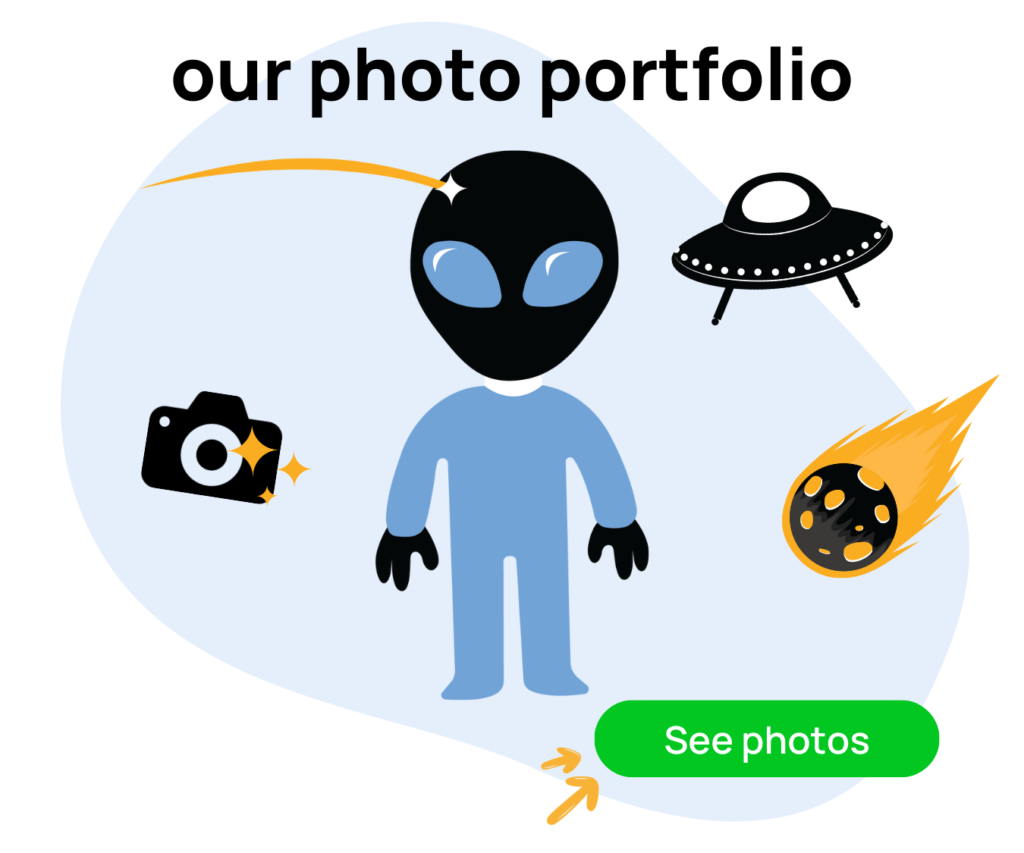Are you interested in becoming a successful Amazon seller? To achieve success, finding and selling products people want to buy is crucial. Whether you’re a beginner or an experienced seller, there are some strategies that will help you confidently enter the Amazon marketplace and increase your chances of success. In this blog post, we will guide you through 5 Amazon tips to evaluate market demand for new products. Ready to boost your chances of success? Let’s get to it.
5 Amazon Tips Evaluate Market Demand
To evaluate market demand for new products on Amazon, there are several tips you can employ. We discuss five of these below:
Tip #1 – Real World Research vs. Keyword Research

When finding the perfect products to sell on Amazon, there are two important research methods: real-world and keyword research.
Real-world research involves observing consumer frustrations and unmet needs in the tangible world around you. This is also paying attention to online complaints and negative reviews. This provides valuable insights and inspiration for product ideas addressing these pain points.
Once you have potential product ideas, keyword research comes into play. Tools like Amazon’s keyword tool help quantify demand by showing search volume, indicating the level of interest in a product. Combining real-world observations with keyword data helps create a powerful research strategy to select winning products that are highly likely to sell on Amazon.
Tip #2 – Amazon’s Best Sellers Rank (BSR)
Amazon’s Best Sellers Rank (BSR) is a vital metric that serves as the pulse of the platform. It is updated hourly and indicates a product’s sales performance, with a lower BSR indicating higher sales.
Analyzing the BSR of similar products effectively assesses market demand. This dynamic metric constantly changes to reflect a product’s sales performance, although it may fluctuate due to seasons and promotions.
Fortunately, tools like Kea and CamelCamelCamel provide a long-term perspective, allowing you to identify BSR patterns over time. This information helps you identify profitable products and use BSR as a guide to determine what’s popular and what’s not on Amazon.
Tip #3 – Customer Reviews and Ratings

Customer reviews and ratings on Amazon hold a wealth of valuable insights. Within these reviews, you can uncover real-life pain points and frustrations experienced by customers. However, with a vast number of reviews available, it can be challenging for sellers to mine this data efficiently.
It’s worth noting that products with a significant number of positive reviews often indicate high demand, as 84% of online shoppers trust online reviews as much as they do personal recommendations received offline.
Tip #4 – Competition Analysis
When conducting a competition analysis, balancing market demand and competition is essential. A crowded market with numerous sellers can indicate high demand, but it also means facing stiff competition.
On the other hand, a scarcity of sellers may suggest limited demand. The ideal approach is to find products with a moderate supply level and a manageable level of competition. Studying existing competitors can help you gain valuable insights to avoid common pitfalls and outperform them.
Tip #5 – Focus on Consumable Products

When selecting products to sell, focusing on consumable items that customers need to repurchase regularly is beneficial. Examples of consumable products include groceries, skincare items, and supplements. These products can significantly impact your customer’s lifetime value (CLV).
CLV is a crucial metric, as acquiring new customers can be costly, but long-term profits will significantly increase if they become repeat buyers. Including consumables in your product lineup is a smart business move and a key factor in maximizing profitability.
Summary
Selling on Amazon is like embarking on a treasure hunt. It requires uncovering real-life pain points, conducting thorough keyword research, analyzing Best Seller Rank (BSR), extracting valuable insights from customer reviews, and maximizing the potential of consumable products.
By implementing these tips into your Amazon seller journey, you’ll discover exciting opportunities, cultivate customer loyalty, and pave the way for a thriving and prosperous Amazon business.
If you want free access to our Amazon listing checklist, go to amzchecklist.com. But if you’re interested in exploring our pricing and portfolio, book a free consulting call at emaamz.com. We are happy to discuss your project anytime, any day.





